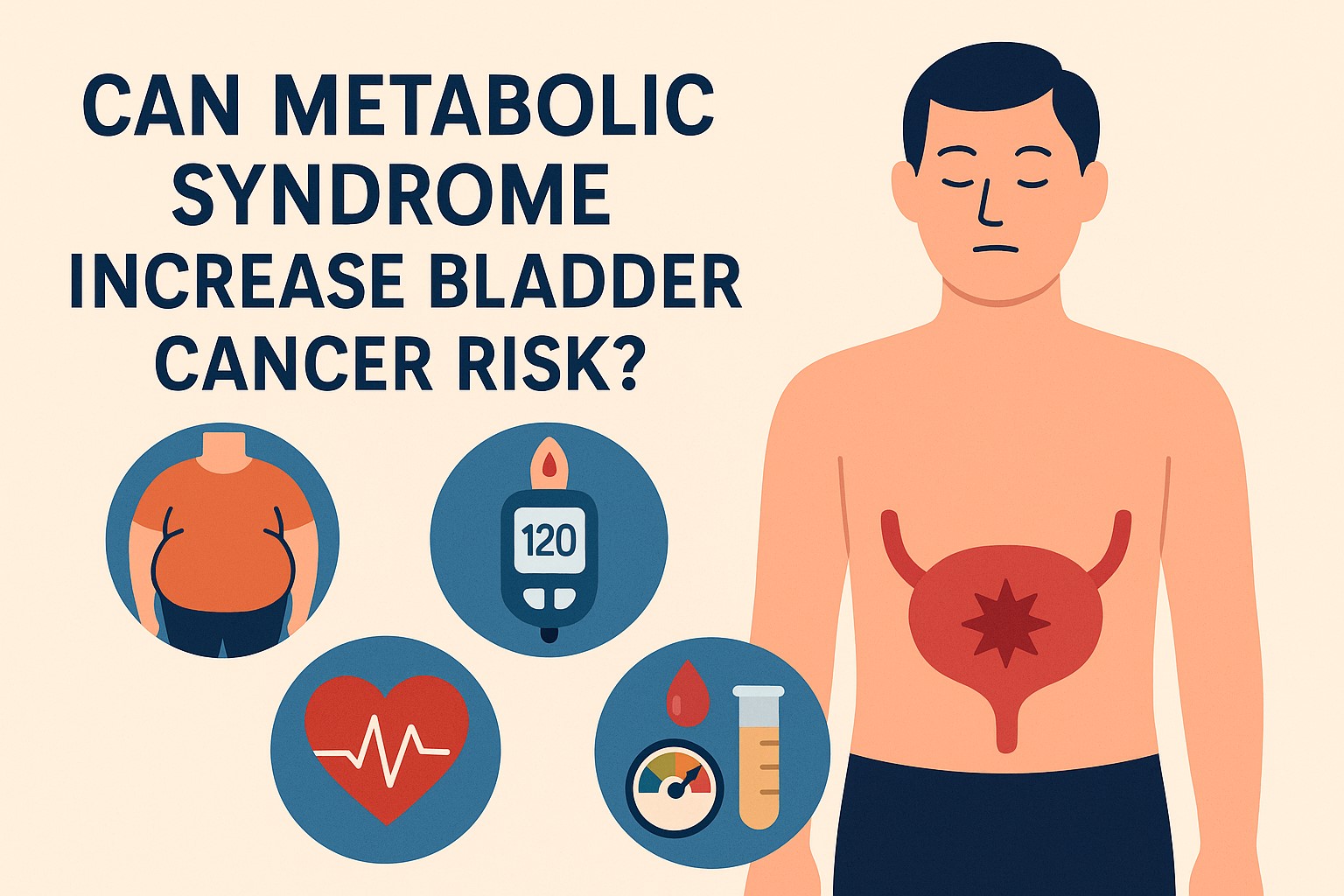Bladder cancer is a significant urological condition that often presents with symptoms similar to less severe urinary tract issues, emphasising the need for awareness and early detection. This article addresses frequently asked questions about bladder cancer, including symptoms, diagnosis, treatments, preventive measures, and its impact on patients' lives, along with highlighting jobs associated with higher risk levels.
What are the warning signs of bladder cancer?
How Can I Tell If I Might Have Bladder Cancer?
Key indicators include:
· Blood in the urine (hematuria):
Visible: blood visible to the naked eye, requiring immediate medical consultation.
Non-visible: detected through routine tests or home testing kits, necessitating further evaluation by a specialist.
· Increased urination frequency
· Urgency to urinate
Persistent symptoms, especially when accompanied by haematuria, should prompt a visit to a healthcare provider or specialist.
I saw blood in my urine. What is the risk of bladder cancer?
The risk of bladder cancer in the general population who present with gross hematuria (visible blood in the urine) can range from about 10% to over 20%, with the highest risk occurring in older adults, especially those over 45, with a history of smoking and certain occupations.
The risk associated with microscopic hematuria (blood in the urine not visible to the naked eye but detected through testing) is generally lower, with estimates suggesting a bladder cancer risk of around 0.5% to 5%, again largely dependent on age and other risk factors.
How is bladder cancer diagnosed?
What Steps Are Taken to Diagnose Bladder Cancer?
- Cystoscopy: examination of the bladder with a telescope under local anaesthesia.
- Transurethral Resection of Bladder Tumour (TURBT): removal and examination of tissue when a bladder growth is found.
- Imaging: CT of the urinary tract and MRI bladder scans assess cancer's extent, which is crucial for treatment planning.
- Urine for cytology
What treatment options are available for bladder cancer?
How Is Bladder Cancer Treated, and What Are My Options?
Treatment depends on the stage and grade, including:
- TURBT: First-line treatment for tumours confined to the bladder lining.
- Removal of the bladder: for very aggressive bladder cancers
- Radiotherapy: for very aggressive bladder cancers
Can bladder cancer be prevented? What Can I Do to Lower My Risk of Bladder Cancer, and Are Certain Jobs More at Risk?
Preventative measures and high-risk occupations:
- Quitting Smoking: Smoking is a significant risk factor; cessation support is available.
- Occupational Exposure: Certain occupations have higher exposure to carcinogenic chemicals, notably:
- Industrial workers in the dye, rubber, leather, paint, and textile industries.
- Hairdressers, due to regular exposure to chemical dyes.
- Workers in industries involving the manufacture of plastics and certain organic chemicals.
- Firefighters
Individuals in these fields should follow safety guidelines to lower exposure to hazardous substances.
How Does Bladder Cancer Affect Daily Life?
What Is the Impact of Bladder Cancer on Quality of Life?
Urologists like myself, who manage bladder cancer daily, know that there is a lot of pressure on patients and their loved ones. The earlier the cancer is caught, the better the outcome; however, there is a negative impact on life if the tumour is aggressive. There is always a big team behind the urologist taking care of you, and we strongly recommend contacting charity organisations like FIGHT Bladder Cancer UK.
Bladder Cancer Overview
Identifying early signs such as blood in the urine (hematuria), whether visible or microscopic, increased urgency or frequency of urination, and recurrent urinary tract infections can be crucial in catching the disease early. Awareness and education on these symptoms can empower individuals to take prompt action, consult healthcare professionals, and undergo necessary evaluations, thereby enhancing the chances of successful treatment and better overall outcomes.


